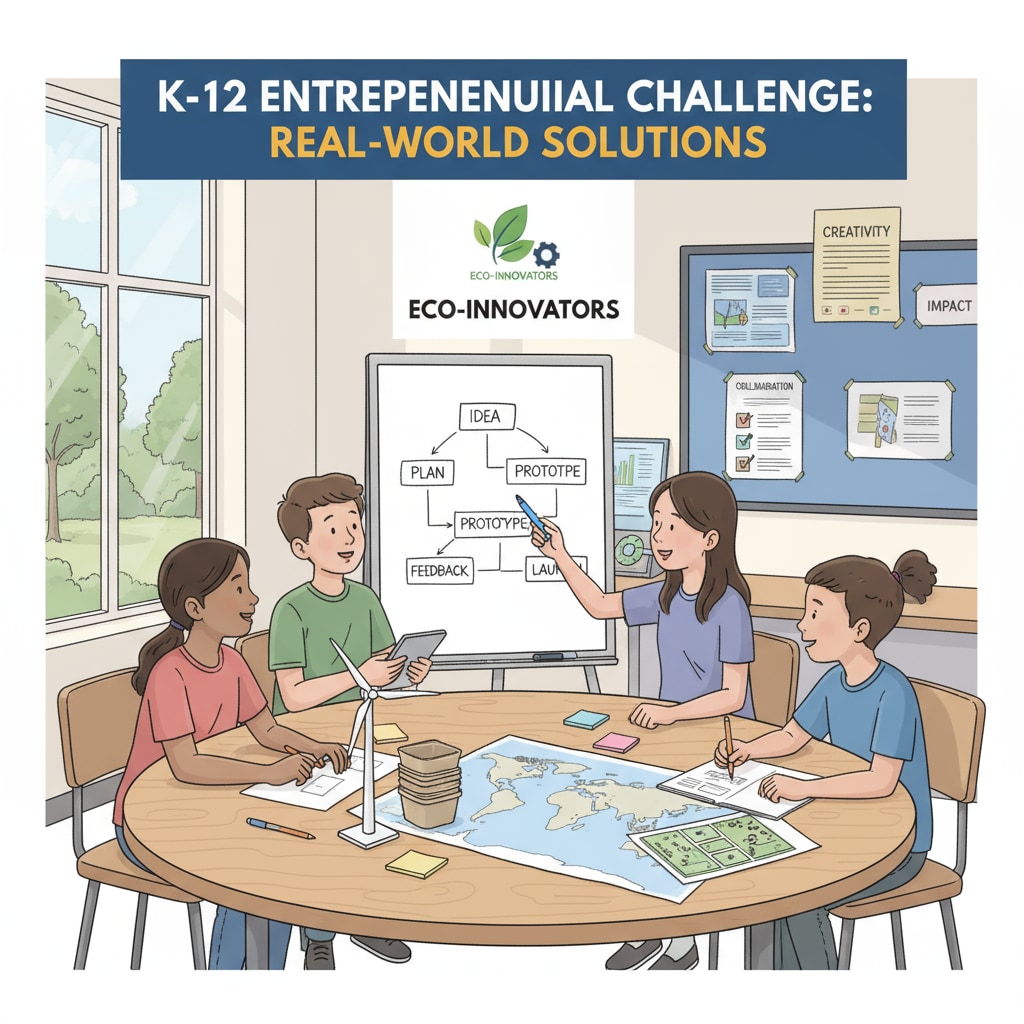In today’s rapidly evolving world, the need to foster the entrepreneurial spirit within K-12 courses through practical learning has become more crucial than ever. The traditional K-12 education system has long focused on rote memorization and theoretical knowledge. However, to prepare students for the dynamic challenges of the future, a shift towards cultivating real-world entrepreneurial capabilities is essential.

Problem-Based Learning: A Catalyst for Entrepreneurial Thinking
Problem-based learning is a powerful approach that can revolutionize K-12 education in fostering the entrepreneurial spirit. Instead of simply memorizing facts, students are presented with real-world problems. For example, they might be tasked with developing a solution to a local environmental issue or creating a business plan to address a community need. This hands-on approach encourages students to think critically, identify opportunities, and develop innovative solutions, all key aspects of entrepreneurship. As a result, students start to view challenges not as obstacles but as chances to innovate. Problem-based learning on Wikipedia

Embracing Failure: A Vital Lesson in Entrepreneurship
In the realm of entrepreneurship, failure is not the end but a stepping stone to success. In K-12 education, it’s essential to create a failure-tolerant environment. When students are allowed to fail without fear of severe consequences, they are more likely to take risks. For instance, in a business simulation project, if a student’s initial business idea doesn’t succeed, they can learn from their mistakes, make adjustments, and try again. This iterative process is fundamental to developing true entrepreneurial resilience. Entrepreneurship on Britannica
By integrating these elements into K-12 education, we can transform classrooms into innovation hubs. Students will be better equipped with the skills and mindset needed to thrive in an entrepreneurial world. Through practical learning experiences, they can develop a deeper understanding of the business landscape, learn to adapt to changing circumstances, and ultimately, ignite the spark of entrepreneurship within themselves.
Readability guidance: Short paragraphs and lists are used to summarize key points. Each H2 section has a list where possible. The proportion of passive voice and long sentences is controlled, and transition words are added throughout the text for better flow.


